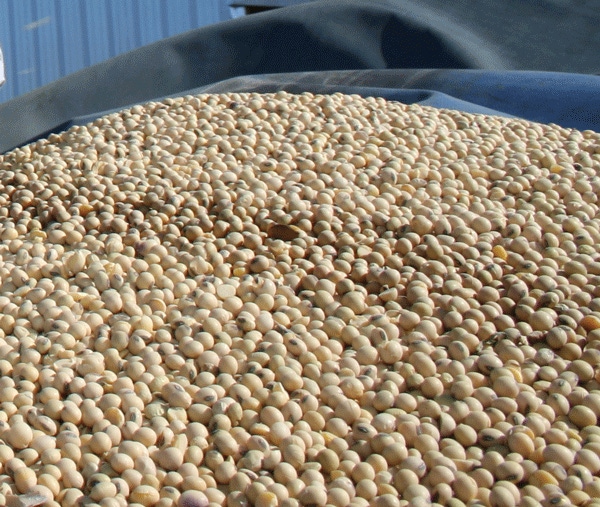
• Jim Echle, USSEC’s country director in Japan, said the key U.S. soybean ports of Shiogama, Tomakomai, Kamaishi, Ishinomaki and Kashima were hit the hardest by the tsunami.• The Kashima port also has damage to its silo. The ports of Hachinohe and Kushiro (in Hokkaido) were less damaged.
March 21, 2011

The U.S. Soybean Export Council (USSEC) has received word that Japanese ports sustained major damage from the recent earthquake and tsunami in that country, but the effect on Japan’s grain imports is still not fully known.
Tokyo and all ports south were operating normally after briefly shutting down following the disasters. Also hit hard was the Port of Sendai. The rest of the country’s ports are being assessed for damage. USSEC executes checkoff-funded activities to increase sales of U.S. soy abroad.
Roy Bardole, a soybean farmer from Rippey, Iowa, chairman of USSEC and vice-chairman of United Soybean Board (USB)’s international marketing and global opportunities committees, said both organizations are keeping a close eye on the situation. “On a personal level, we are relieved that none of USSEC’s Japan staff were injured,” Bardole said. “We will be monitoring and reporting on the disaster’s impact on the U.S. soy industry and identifying ways we can provide assistance to the Japanese during this difficult time.”
Jim Echle, USSEC’s country director in Japan, said the key U.S. soybean ports of Shiogama, Tomakomai, Kamaishi, Ishinomaki and Kashima were hit the hardest by the tsunami.
It is reported they can't receive any Panamax ships. The Kashima port also has damage to its silo. The ports of Hachinohe and Kushiro (in Hokkaido) were less damaged.
Fuel in short supply
“Japan’s Ministry of Agriculture, Forestry and Fisheries has asked the feeding companies to produce feed in western Japan to supply the east, but the transport system is a mess, with very little fuel in the Tohoku region,” Echle reported. “No one can say yet how much time will be needed to recover," he said. “The Japanese system relies on the infrastructure with the grain silo company running the port and the feed mills and crushing plants just behind them. They were not badly hurt by the earthquake, but were by the tsunami.”
Japan’s container-shipping industry was seen as the worst affected by the disaster. The tsunami also destroyed and grounded dozens of vessels. Echle reported that the Japan Oilseeds Processors Association (JOPA) predicts it will take some time to get the full report on all the processing plants, but that JOPA is working on that with all of its members.
There are many reports of serious damage, but, because of a lack of electricity, they can't complete their assessments. The Kashima area is the only area where processing plants were really affected; all others are in either Yokohama or western Japan.
“Another concern we have is for the animal population, as that coastal area had a lot of large pig and chicken farms,” Echle said. “They are now without power and normally have only three days of feed on hand. They have a hard time feeding and watering manually, but of course are trying. If the feed companies are not producing feed, these animals will die in a week, as the subsistence ration to keep them alive would not go much longer.”
You May Also Like



